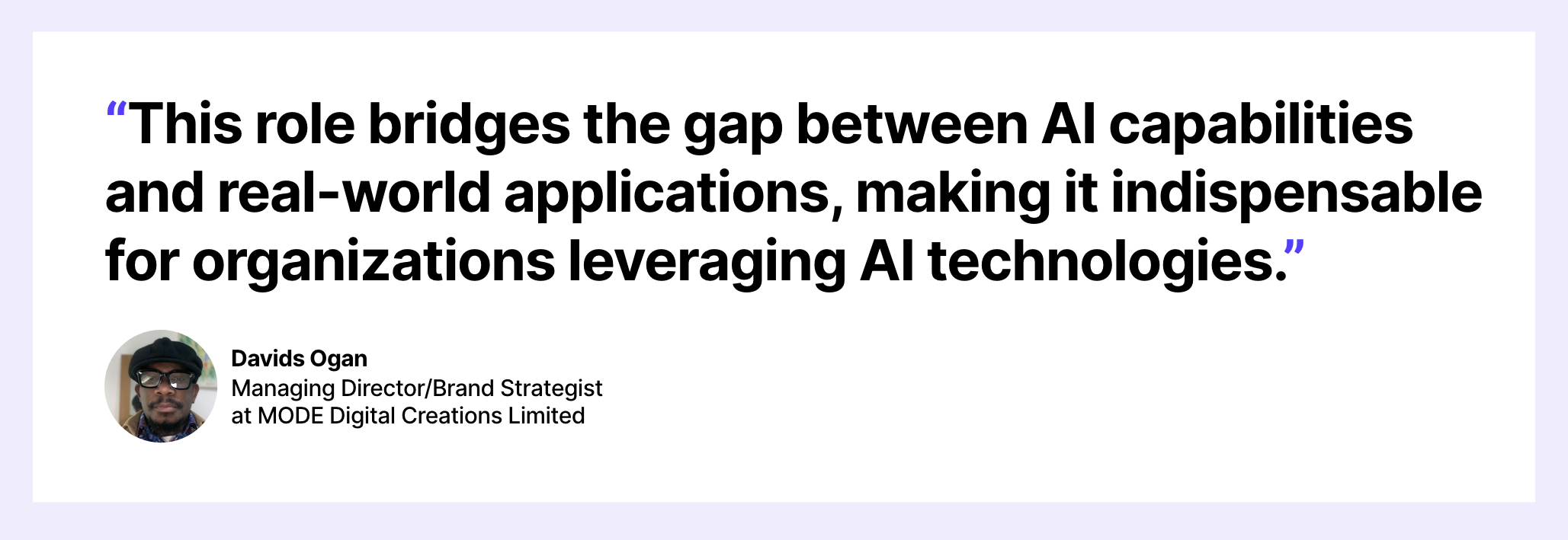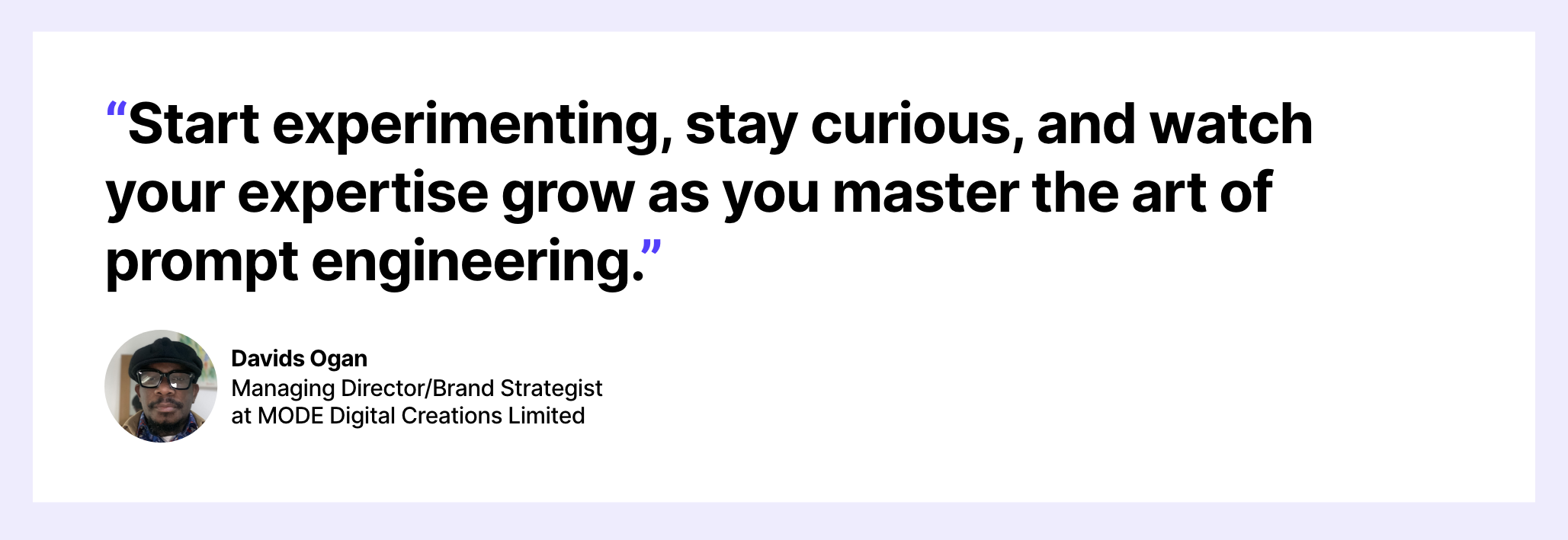Here is a step-by-step guide to becoming a prompt engineer and excelling in this growing field.
What is Prompt Engineering?
Prompt engineering focuses on designing effective instructions for AI models to produce desired results. From generating creative writing to solving complex coding problems, prompts guide the behaviour and outcomes of AI systems like OpenAI’s GPT, Google’s Bard, and others.
Prompt engineering is increasingly valuable as businesses integrate AI to streamline operations, enhance creativity, and improve decision-making processes.
Why is Prompt Engineering Important?
AI models rely on human inputs to understand tasks. A well-crafted prompt can:
- Increase efficiency by reducing the need for multiple iterations.
- Minimize errors and misunderstandings in AI outputs.
- Enhance the model’s performance for diverse applications, including content creation, data analysis, coding, and more.

Key Skills for a Prompt Engineer
To succeed as a prompt engineer, you need a mix of technical and soft skills:
1. Understanding AI Models
- Learn how AI models like GPT-4, DALL-E, or MidJourney operate.
- Understand concepts like tokenization, context windows, and model biases.
2. Programming Skills
- Basic proficiency in programming languages like Python can be advantageous.
- Familiarity with AI/ML frameworks (e.g., TensorFlow, PyTorch) is a plus.
3. Critical Thinking
Ability to analyze problems and break them down into tasks the AI can handle effectively.
4. Communication
Clear and concise writing skills to craft prompts that AI models can interpret correctly.
5. Experimentation and Iteration
Patience and creativity to tweak and test prompts for better results.
Steps to Become a Prompt Engineer
1. Build a Foundation in AI
- Take AI Courses: Platforms like Coursera, edX, and Udemy offer beginner-friendly AI courses.
- Learn AI Concepts: Understand machine learning, natural language processing (NLP), and the architecture of large language models (LLMs).
2. Master Prompt Crafting
- Practice Regularly: Use AI tools like ChatGPT to experiment with various prompts.
- Learn Prompting Techniques: Explore concepts like zero-shot, one-shot, and few-shot prompting to improve the precision of model outputs.
3. Develop Technical Skills
- Learn Python: Familiarize yourself with Python for scripting and API integrations.
- Explore APIs: Practice using APIs like OpenAI to integrate and customize AI solutions.
4. Stay Updated on AI Developments
- Follow AI research papers, blogs, and forums like arXiv and Towards Data Science.
- Join AI communities on platforms like Reddit, Discord, and LinkedIn.
5. Build a Portfolio
- Showcase your work by solving real-world problems using AI.
- Document case studies demonstrating how you optimized prompts for specific use cases.
6. Pursue Certification
- Obtain certifications in AI and NLP from platforms like Google AI, OpenAI, or AWS.
- Certifications add credibility and demonstrate your expertise to potential employers.
7. Apply for Prompt Engineering Roles
- Search for roles on job boards like LinkedIn, Indeed, and AI-specific platforms.
- Highlight your practical experience and problem-solving skills during interviews.
Tools and Resources for Prompt Engineers
- AI Platforms: OpenAI, Google Cloud AI, Hugging Face.
- Experimentation Tools: Google Colab, Jupyter Notebooks.
Challenges and How to Overcome Them
1. Understanding Model Limitations
AI models have biases and limitations. Overcome this by staying informed about updates and best practices.
2. Ambiguity in Prompts
Craft prompts that are clear, concise, and context-specific. Always test and iterate for optimal results.
3. Staying Relevant
AI technology evolves rapidly. Continuously update your knowledge and adapt to emerging tools and methodologies.
Future of Prompt Engineering
As AI models become more advanced, the demand for skilled prompt engineers will grow. This field offers opportunities for innovation, cross-industry applications, and the chance to shape how AI integrates into society.
Conclusion
Becoming a prompt engineer requires a blend of creativity, technical know-how, and a commitment to continuous learning. Whether you are a seasoned professional or a beginner, the steps outlined in this guide can help you carve out a niche in this exciting and dynamic field.






